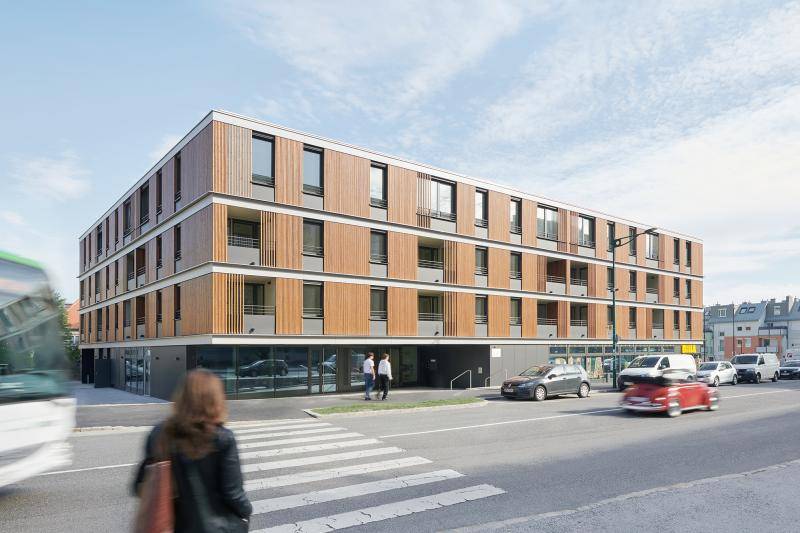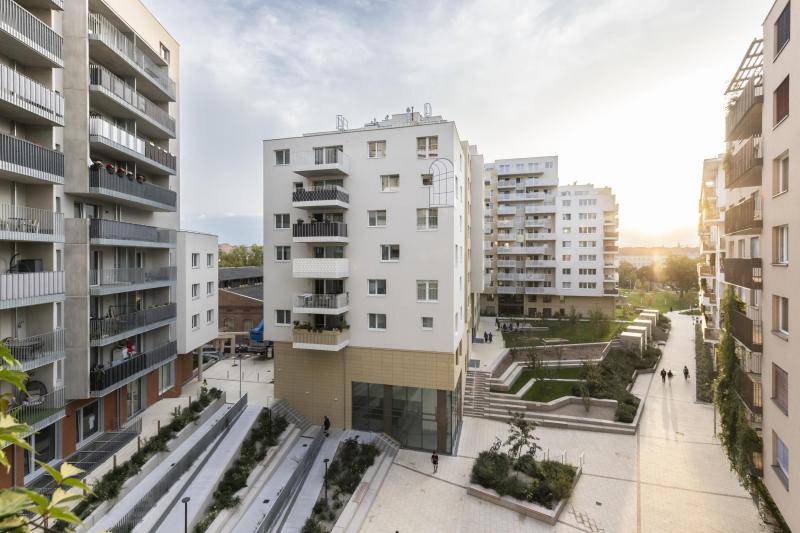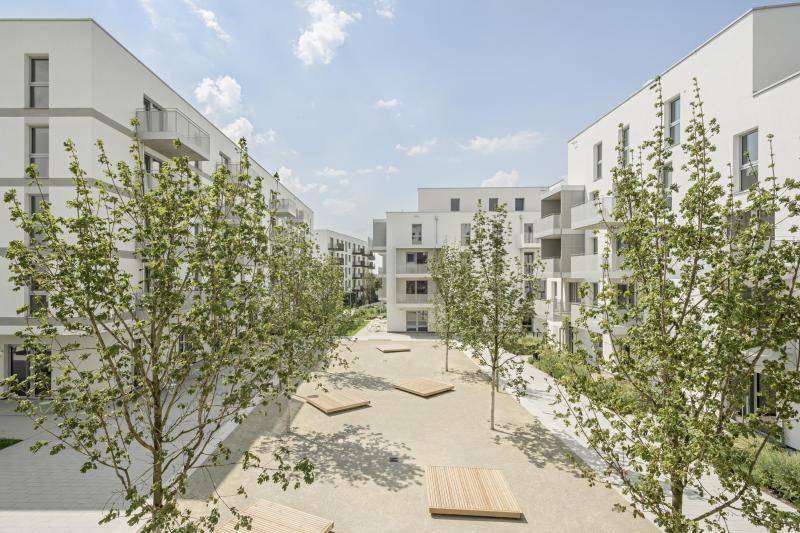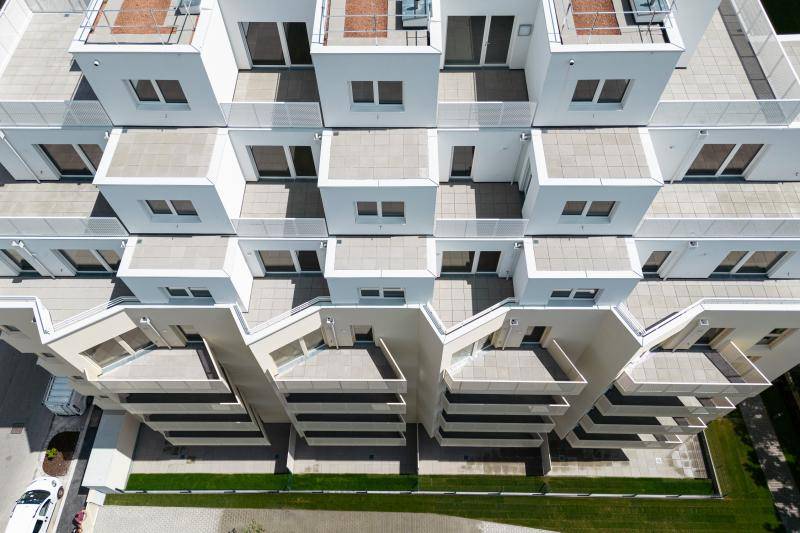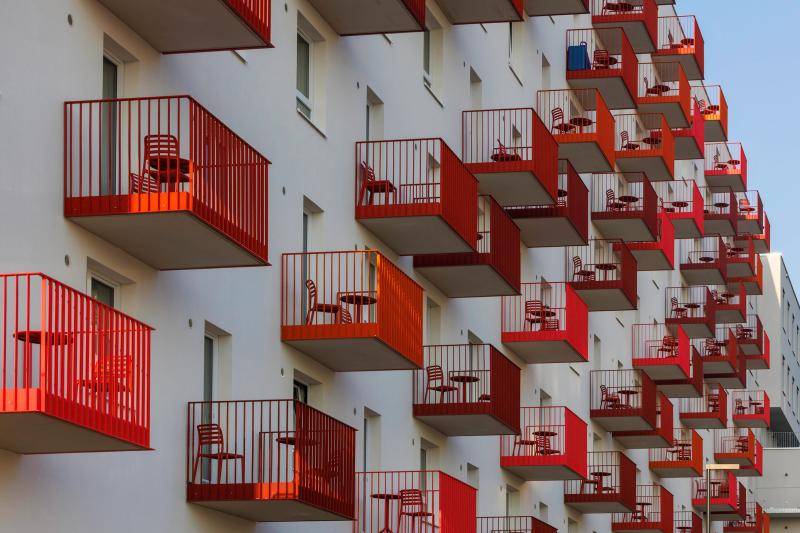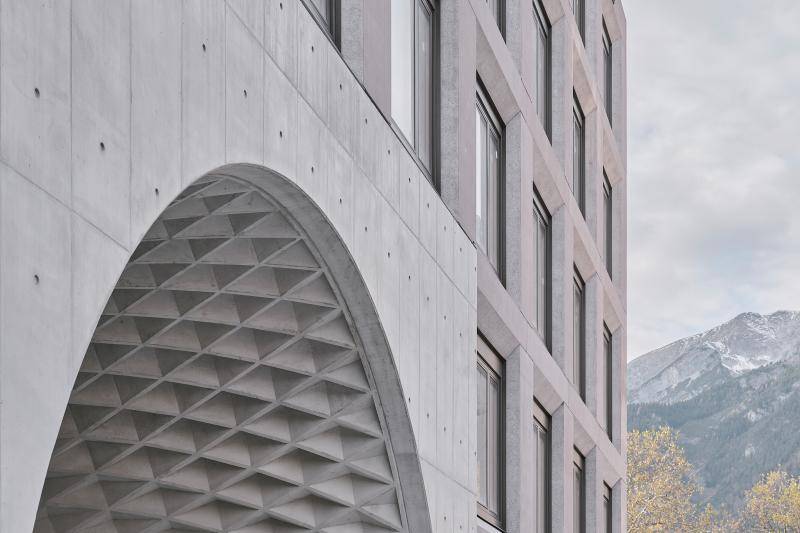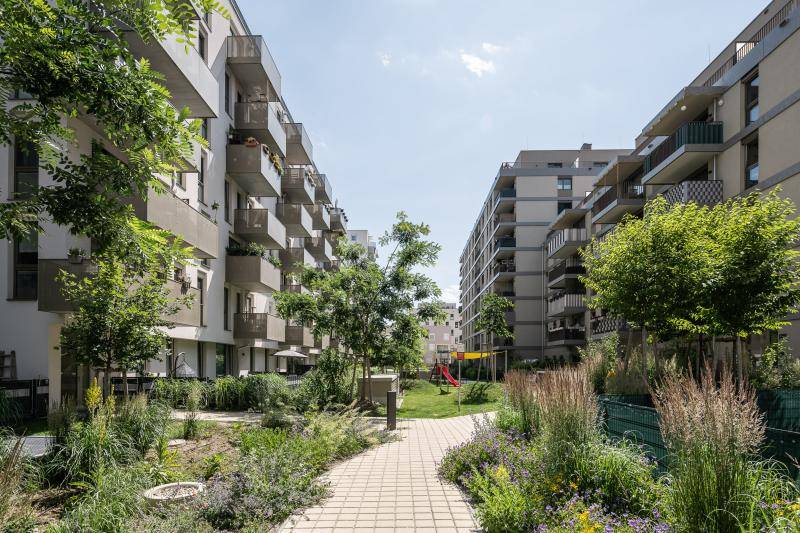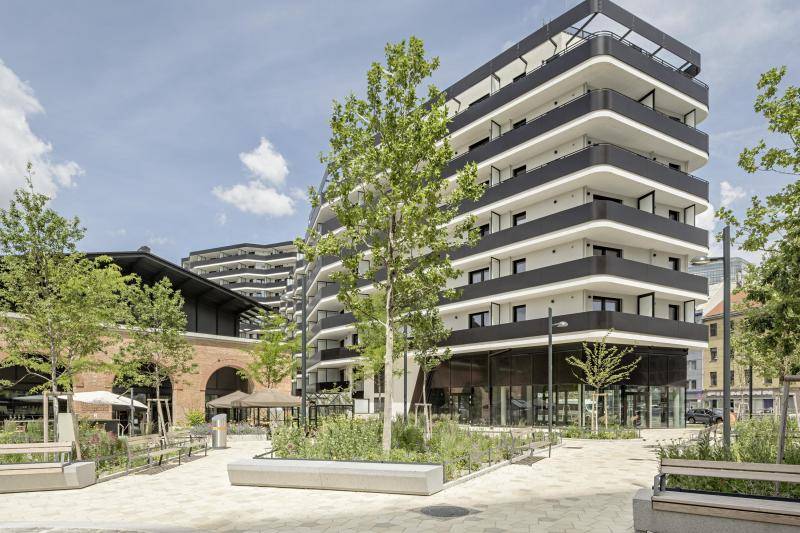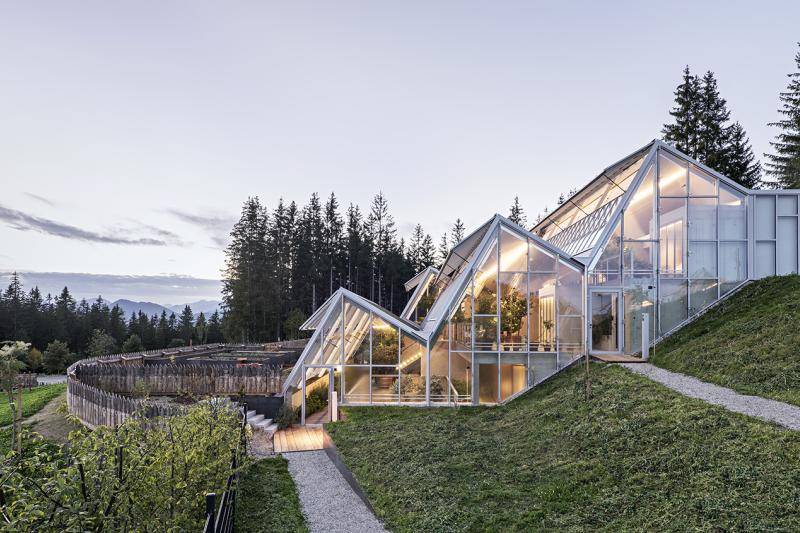Thermal Activated Building
Thermal component activation uses the storage mass of ceilings, floors or walls for energy-efficient temperature control in buildings. Pipes integrated into solid components enable uniform heating and cooling – conserving resources and providing comfort. The innovation map for component activation presents implemented projects that use component activation technologies to achieve energy-efficient building air conditioning.
The innovation map shows how diverse this principle is in practice: over 130 component activation projects from four countries have already been recorded – from renovated old buildings with milled pipes to new buildings such as apartment buildings, schools and office buildings. Each project has an info box with the most important data, photos and a short description – providing a clear overview of the possible applications of component activation.
The diversity is also evident in the heat supply: heat pump systems, solar thermal energy and other climate-friendly technologies are used. The energy comes from sources such as photovoltaics on roofs and facades or wind energy.



